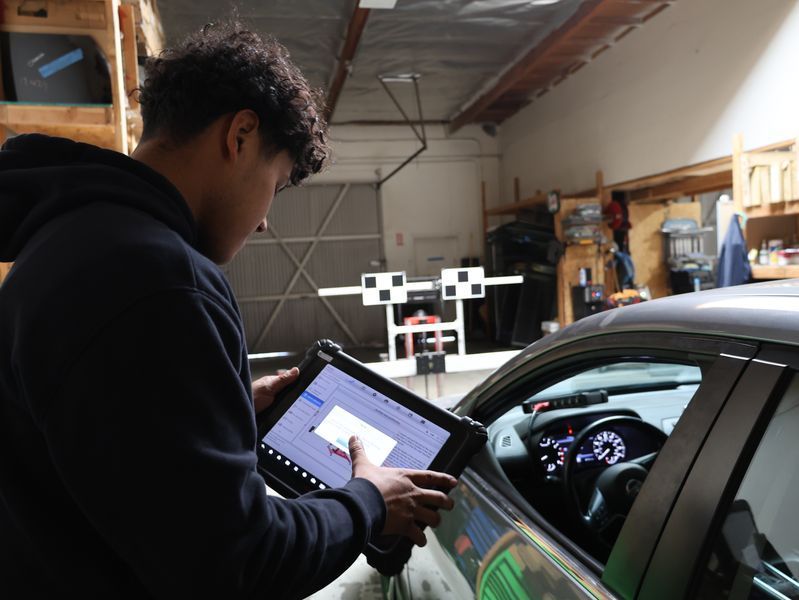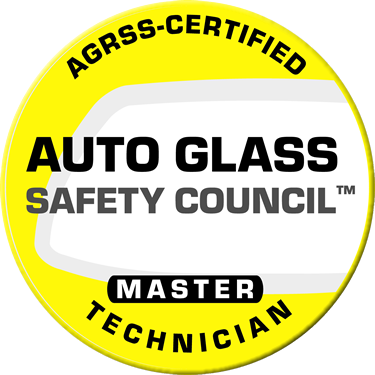ADAS Calibration in San Bernardino, CA
Need an ADAS calibration in San Bernardino, CA? Advanced driver assistance systems (ADAS) are a suite of safety features that use sensors and cameras to help drivers avoid collisions. ADAS features can include lane departure warning, automatic emergency braking, and adaptive cruise control.
ADAS calibration is the process of adjusting the sensors and cameras of an ADAS system so that they work properly. If these features are not calibrated properly, they will not function correctly and can risk safety on the road.

Importance of ADAS Windshield Calibration
ADAS calibration is typically required after any repair or replacement of the windshield or other components of the ADAS system. It is also recommended to have your ADAS system calibrated regularly, even if you haven't had any repairs or replacements. This is because the sensors and cameras of an ADAS system can become misaligned over time due to factors such as wear and tear, temperature changes, and road vibrations.
- Improved safety: ADAS calibration helps to ensure that your ADAS system is working properly and can accurately detect obstacles and other vehicles on the road. This can help to prevent collisions.
- Peace of mind: Knowing that your ADAS system is calibrated correctly can give you peace of mind when driving.
- Reduced insurance costs: Some insurance companies offer discounts to drivers who have their ADAS systems calibrated regularly.
- If you are unsure whether your ADAS system needs to be calibrated, you can consult your owner's manual or contact your local car dealership.
➤ Here are some tips for maintaining your ADAS system:
- Have your ADAS system calibrated regularly, even if you haven't had any repairs or replacements.
- Keep the windshield and other components of the ADAS system clean and free of debris.
- Avoid driving through deep puddles or water, as this can damage the ADAS sensors.
- Be aware of the limitations of your ADAS system. ADAS systems are not a substitute for safe driving practices.
- By following these tips, you can help to ensure that your ADAS system is working properly and can help to keep you and your passengers safe on the road.
➤ Contact Direct Quality Auto Glass
At Direct Quality Auto Glass, we have a team of certified technicians that provide expert windshield calibration services throughout San Bernardino, CA. If you have an insurance claim our repair facility and our certified technicians will help you with the best repair cost. Contact us today!







